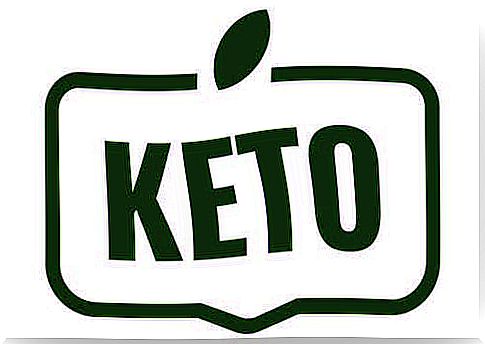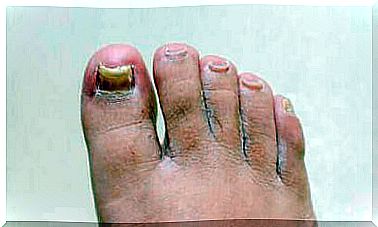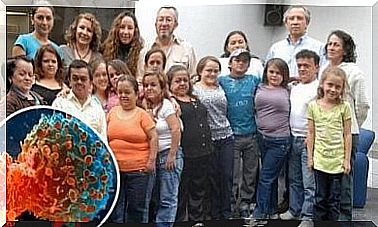The Benefits And Risks Of Eating Pork

Pork is a very common food. Although not popular everywhere, it has an interesting nutritional value. This food is also common in Eastern European markets, where it is a delicacy. Today we will focus on the benefits and risks associated with eating pork.
How is pork cooked?
To make pork, you usually fry it. Virtually all parts of the pig are used.
Once you have fried it, you serve it as either a single dish or as an accompaniment to other dishes. Usually people eat it as a main course, but some people like to eat dey as a snack between meals. As you can probably guess, they are very high in calories.
Nutritional value
As we have mentioned before, since pork is a fried product, its caloric value is very high. For every 100 grams of it, you consume 544 calories.
Therefore, be careful when eating it as you put on weight if you eat more calories than your body consumes. And weight gain can negatively affect your overall health.
In addition, pork has a significant concentration of fat when it comes to macronutrients. It has 31 grams of fat per. 100 grams. However, it also contains a good amount of protein.
As far as micronutrients are concerned, it is worth noting that pork contains vitamins A and B. It also contains calcium, magnesium and iron.

Possible health benefits associated with eating pork
Now we need to look at the possible health benefits of pork, as well as what science says about this food.
Decreased risk of developing anemia
Anemia is a pathology caused by iron deficiency. This condition causes chronic fatigue due to an inefficient supply of oxygen.
According to some medical clinics in North America, regular iron consumption reduces the risk of developing this disease.
Improved muscle health
The proteins in pork have a high biological value and are easily digestible. Therefore, they contain quality proteins that can help improve the health of your muscles.
Therefore, eating pork can help develop hypertrophy and can help repair your muscles.
Possible risks associated with eating pork
The biggest risk associated with eating pork has to do with how it is cooked. Although saturated fat and cholesterol in the diet are not a relevant health problem, trans fat is.
You have to keep in mind that pork is almost always fried. This process causes a change in the spatial arrangement of fats, causing them to go from cis to trans fat.
According to research published in the journal Diabetes & Metabolic Syndrome , regular intake of these fats can increase your risk of developing chronic diseases.
The popular keto cure
Due to its high nutrient density, people who follow the keto diet tend to include pork in their diet.
Remember, the proteins in this food have a high biological value.
This food helps to satiate hunger so it can help you stick to different types of diets. However, there are still many risks involved in eating pork, especially in the medium and long term. Again, it’s because of the frying method.

The recommended way to eat pork
Although we do not recommend frying pork skin, other alternative cooking methods can make it healthier.
Of course, these alternatives do not create the same crispy and greasy surface, but it is much better for your health. In addition, it is possible to find some recipes that will make you fry pork or cook it at a low temperature. Both of these options give you a dish with a much higher quality.
Conclusion
As you can see, pork is a common food and it has a high calorie density.
If you love this food but are concerned about the risks associated with eating pork, it is best to opt for a less aggressive cooking method than frying. That way, you can enjoy a dish with a lower percentage of trans fatty acids.









